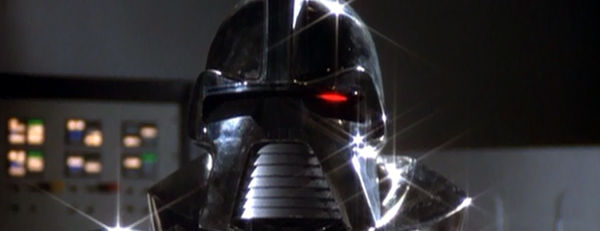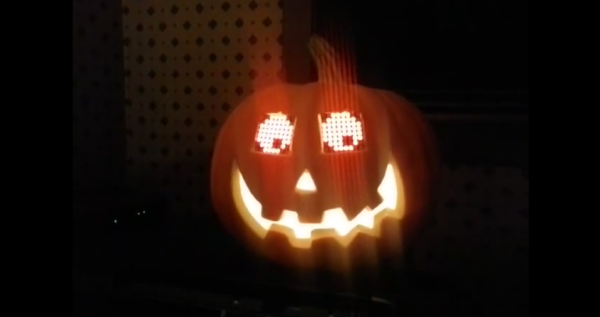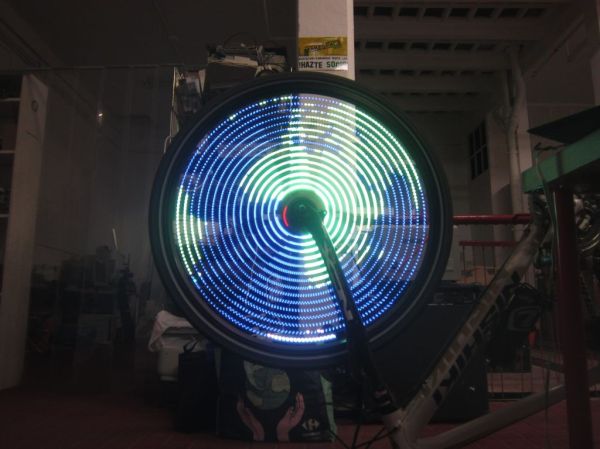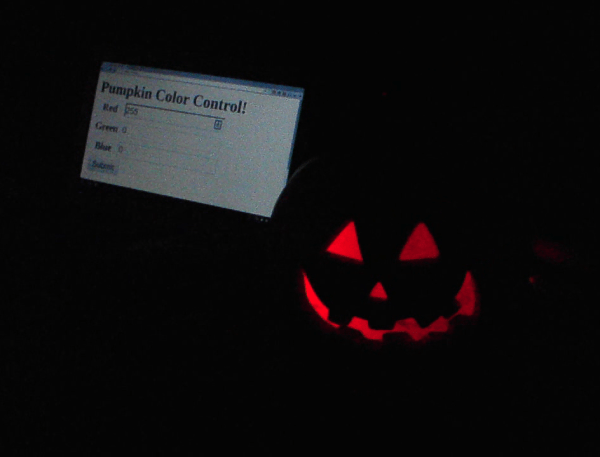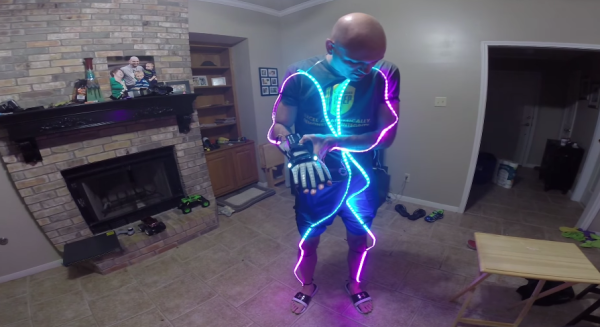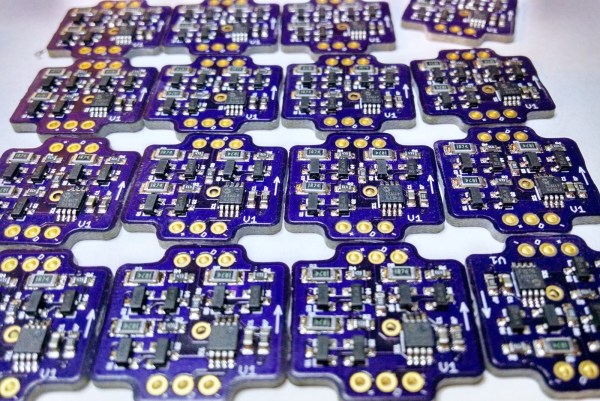[Glen A. Larson] passed away on Friday at the age of 77. He may be most widely recognized for being a producer of the original Battlestar Galactica, Magnum, P.I. and Knight Rider television series’. But for us his association with a row of LEDs which illuminates in a back and forth pattern will always be his legacy.
When we heard about his passing we figured that we would hear about his invention of the Larson Scanner but that was not the case. A bit of research turned up a pretty interesting Wikipedia bio page. He has origins in a music group call The Four Preps and actually composed or collaborated on a number of television theme songs among other notable accomplishments. But nothing about electronics. Did this man of many hats actually invent the hardware for the Larson Scanner used as the Cylon Eye and on the front of K.I.T.T., or does it simply share his name?
Evil Mad Scientist Labs claims to have coined the term Larson Scanner. [Lenore Edman] confirmed to us that EMSL did indeed start the term which is used to name their electronics kit and directed us to [Andrew Probert] who lists effects for the TV series on his portfolio. We’ve reached out to him for more information but had not heard back at the time of publishing. We’ll update this post as details emerge. In the mean time, if you have any insight please leave it below including the source of the information.
If you are not aware, a Larson Scanner is so interesting because the pattern calls for a fading trail of LEDs. It is not simply a fully illuminated pixel moving back and forth but includes dimmed pixels after the brightest one has passed. This is an excellent programming challenge for those just getting into embedded development.
Those interested in learning more about [Gary] may find this lengthy video interview of interest. Otherwise it’s time for the collection of links to past Larson Scanner projects which we’ve covered.
[Thanks Bruce]

